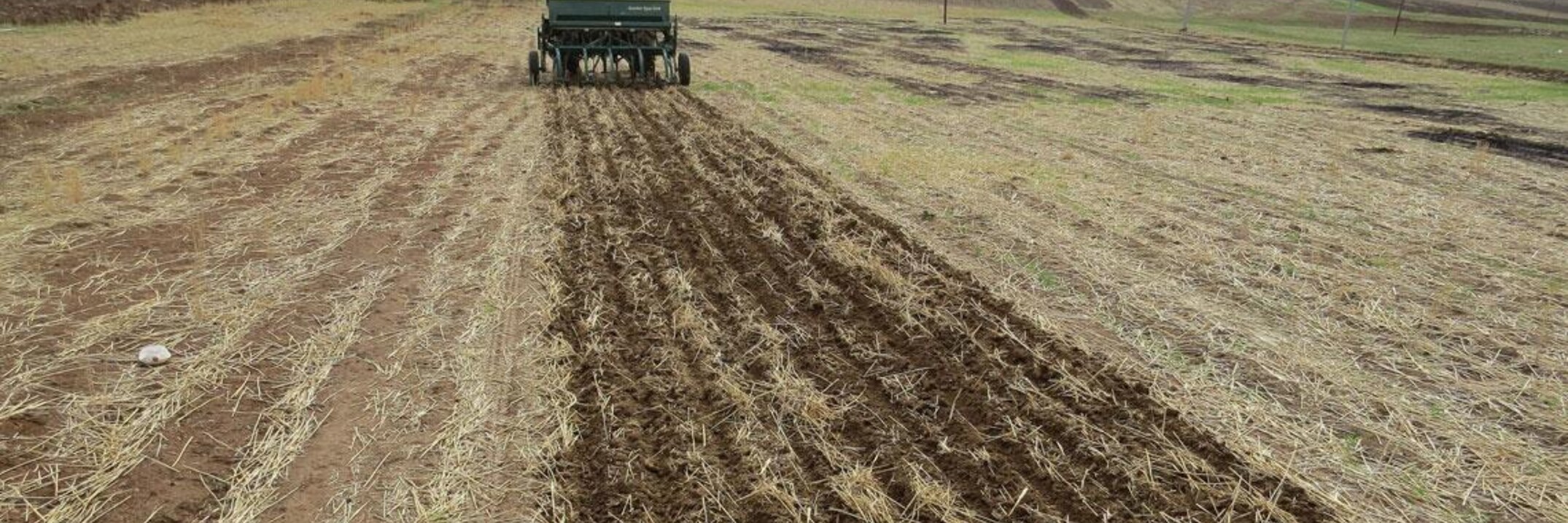


Development of conservation cropping systems in Iraq and Syria
Conservation agriculture – a combination of reduced tillage, crop rotations, and other management practices – allows farmers to increase yields while reducing production costs and improving soil health.
With three major projects launched in 2012, ICARDA is at the forefront of global efforts to promote conservation agriculture – in West Asia, North Africa, and Central Asia.
Two projects were launched in September, both funded by the Australian government. In West Asia, a new phase of an ACIAR-ICARDA will build on earlier work, which catapulted the use of conservation cropping in Syria and Iraq from near-zero to more than 28,000 hectares in less than 5 years.
In North Africa, ICARDA will join a range of partners to modify conservation agriculture technologies to suit local conditions. This too will build on previous successes. For example, in Algeria, adoption has more than tripled in the past two years. Conservation agriculture is now used on more than 5500 hectares across 12 provinces. Key to this increase (as in West Asia) was partnership with equipment manufacturers to develop low-cost, locally manufactured zero-tillage seeders.
In Central Asia, the aim is to extend the technology to new areas and cropping systems. Zero-tillage seeders have been distributed in Azerbaijan, Kazakhstan and Uzbekistan, and will be available to farmers this coming planting season.
In Iran, ICARDA scientists will provide technical support for a new 5-year government-funded project aiming to scale out conservation agriculture over 2 million hectares of rainfed drylands. Implementation will begin in 2013.
ICARDA also provides technical backstopping for the conservation agriculture components of development projects funded by external agencies, for example IFAD-funded projects in Iraq, Jordan and Sudan.
© 2025 International Center for Agricultural Research in the Dry Areas (ICARDA)